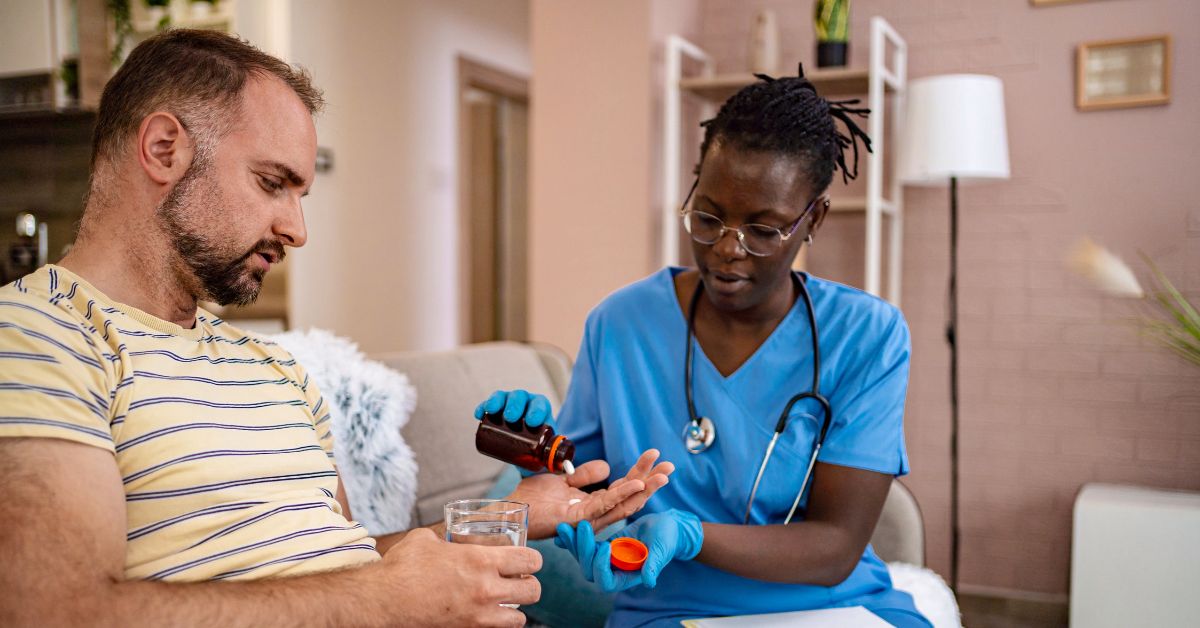When people think about recovery, they often picture support groups or weekly therapy sessions. That’s a good start, of course. Those things are necessary, but they are just one piece of a much larger puzzle.
If you are looking for information about long-term change the kind of change that actually sticks you need to look past a single issue or symptom. This is the heart of what we call holistic recovery: approaching wellness by treating the whole person mind, body, and sense of self instead of just the immediate problem.
But what does that actually look like? Is it just yoga and a better diet? Not exactly. It’s an integrated way of healing that is far more complete.
Part 1: Healing the Mind The Necessary Foundation
The mind is where things like addiction, trauma, and mental health challenges take root. When people talk about holistic methods, they sometimes make it sound like they skip over traditional, talk-based therapy. They should not. The most successful holistic recovery plans always start with proven, evidence-based psychotherapy.
Think of it this way: You can feel better physically, but if you do not change the core thought patterns that led you here, you are likely to end up back in the same spot.
For example, many reputable programs use things like:
- Cognitive Behavioral Therapy (CBT): This helps you spot the negative, unhelpful thought loops that lead to destructive actions and replace them with better ones. It is very practical.
- Dialectical Behavior Therapy (DBT): This is useful for people who feel their emotions are out of control. It teaches specific skills for managing intense feelings, dealing with stress, and relating better to others.
- Motivational Interviewing (MI): This helps a person find their own internal desire for change. It works by making people feel respected and empowered, rather than being told what to do.
A recovery plan is not truly holistic if it ignores the powerful tools that help rewire your brain. It must include these effective, focused methods.
Part 2: Restoring the Body More Than Just Exercise
When someone struggles with addiction or chronic stress, their physical health almost always suffers. The body isn’t just a vehicle for the mind; it influences mood, energy, and clarity. You might feel anxious, perhaps even depressed, simply because your body is running on empty.
The bodily part of holistic recovery goes deeper than just hitting the gym. It looks at three key physical areas:
1. Nutrition: The Forgotten Mood Stabilizer
Addiction often leaves the body severely lacking in vitamins and minerals. Getting clean is only half the fight; the other half is rebuilding. Eating well is not just about weight, but about stabilizing mood and energy. Nutritional counseling in a holistic setting can help address common issues like blood sugar swings, which cause irritability and can feel like a mood disorder. A lack of specific B vitamins, for instance, can heavily affect your mental state.
2. Movement: Stress Relief in Action
Yes, exercise is great, but the goal here is stress relief and connection. Practices like yoga or Tai Chi combine controlled movement with breath work. The physical postures and controlled breathing can directly lower the body’s cortisol the stress hormone which is a huge trigger for many people. It’s a physical way to teach your nervous system to calm down.
3. Complementary Techniques: Targeted Relief
Many holistic centers use techniques that work on specific physical symptoms. Massage, for example, can ease muscle tension and improve sleep, which are critical for early recovery. Acupuncture might be used to help ease withdrawal discomfort or curb cravings by influencing the body’s own chemistry. While the research is still developing for some of these, they can be a real aid when used alongside traditional care.
Part 3: Connecting the Spirit Finding Purpose and Peace
When we talk about the spirit in holistic recovery, it usually has nothing to do with religion. It’s about finding a sense of connection, meaning, and self-worth. It answers the deeper question: “What is my life about now?”
A life centered only on avoiding a problem is not much of a life, is it? To prevent a return to old ways, the new life must be better and fuller than the old one. This is where the spirit comes in.
- Creative Therapies: Art or music therapy lets a person express things that words cannot touch. If you have unresolved pain or trauma, it can be very hard to talk about. Giving yourself permission to paint or play an instrument can bypass the mental barriers and allow for true emotional release.
- Self-Reflection and Quiet Time: Practices like meditation, mindfulness, or simply spending time in nature can help a person feel settled. They stop the mind from racing. They create a space to observe thoughts without having to react to them immediately. That space that pause is where long-term recovery really lives.
- Community and Service: Nothing builds self worth like helping others. Finding a way to serve a community, connect with people who understand your experiences, or follow a belief system gives life a purpose outside of personal struggle. This sense of belonging is a powerful force against isolation.
The Real Value of Going Holistic
The secret is that holistic recovery is not a different kind of treatment; it’s just a complete one. It treats the symptoms with therapy (Mind), rebuilds the damage (Body), and gives life a new reason to exist (Spirit).
If you are looking for recovery, you want something that works completely. You want to feel settled in your own skin, present with your loved ones, and prepared to handle life’s unexpected challenges. That level of change requires a full approach. It requires you to heal the person, not just the problem. And that, in short, is the highest value any recovery program can offer.

Leave a Reply